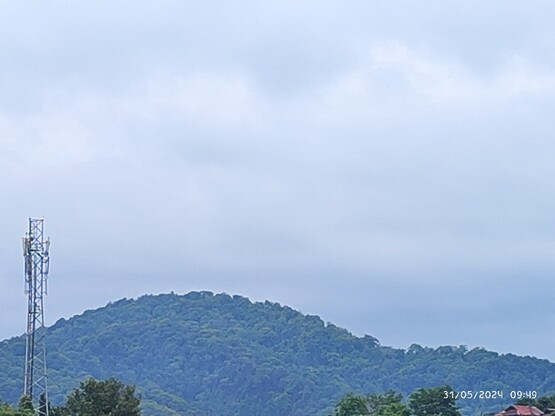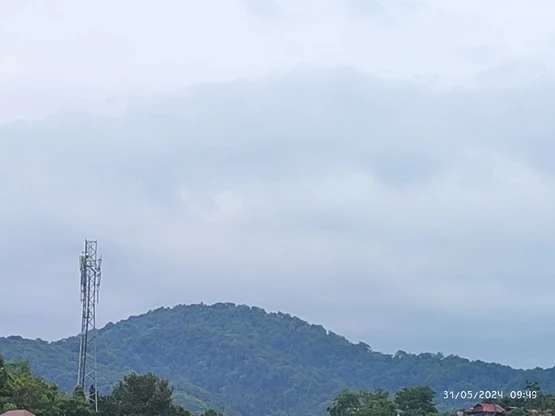Loading...
Terogvuthun forest and wildlife conservation
Forest, Wetlands and rivers, Rocky Outcrops, Mountain Ecosystem
Protected Areas under WLPA → Conservation reserve, Protected Areas under WLPA → Community reserve
Kohima, Nagaland
Contributors:
Gk
Loading...


